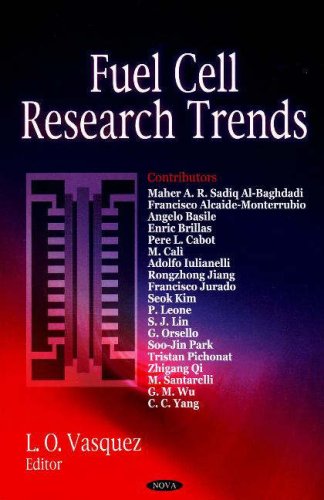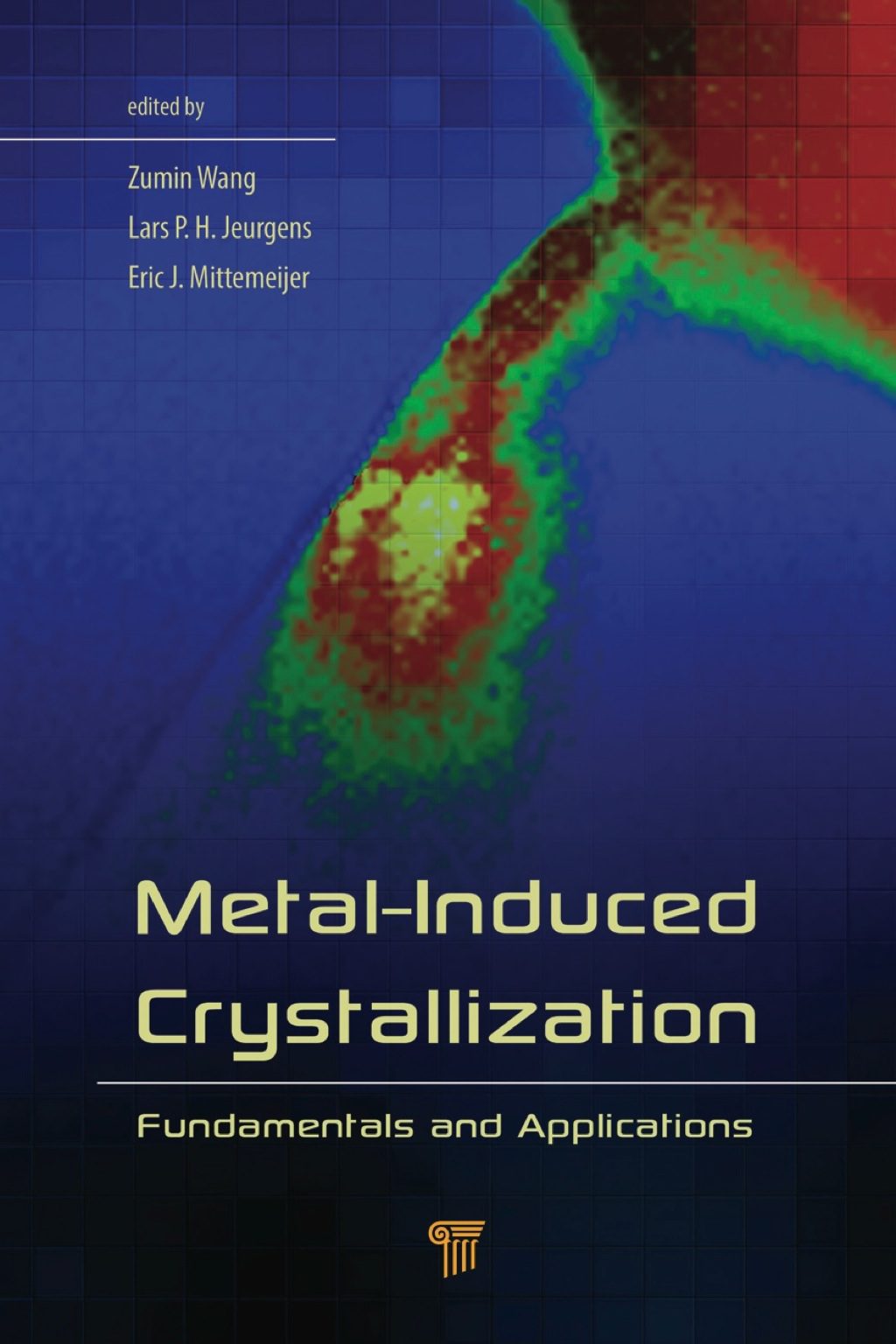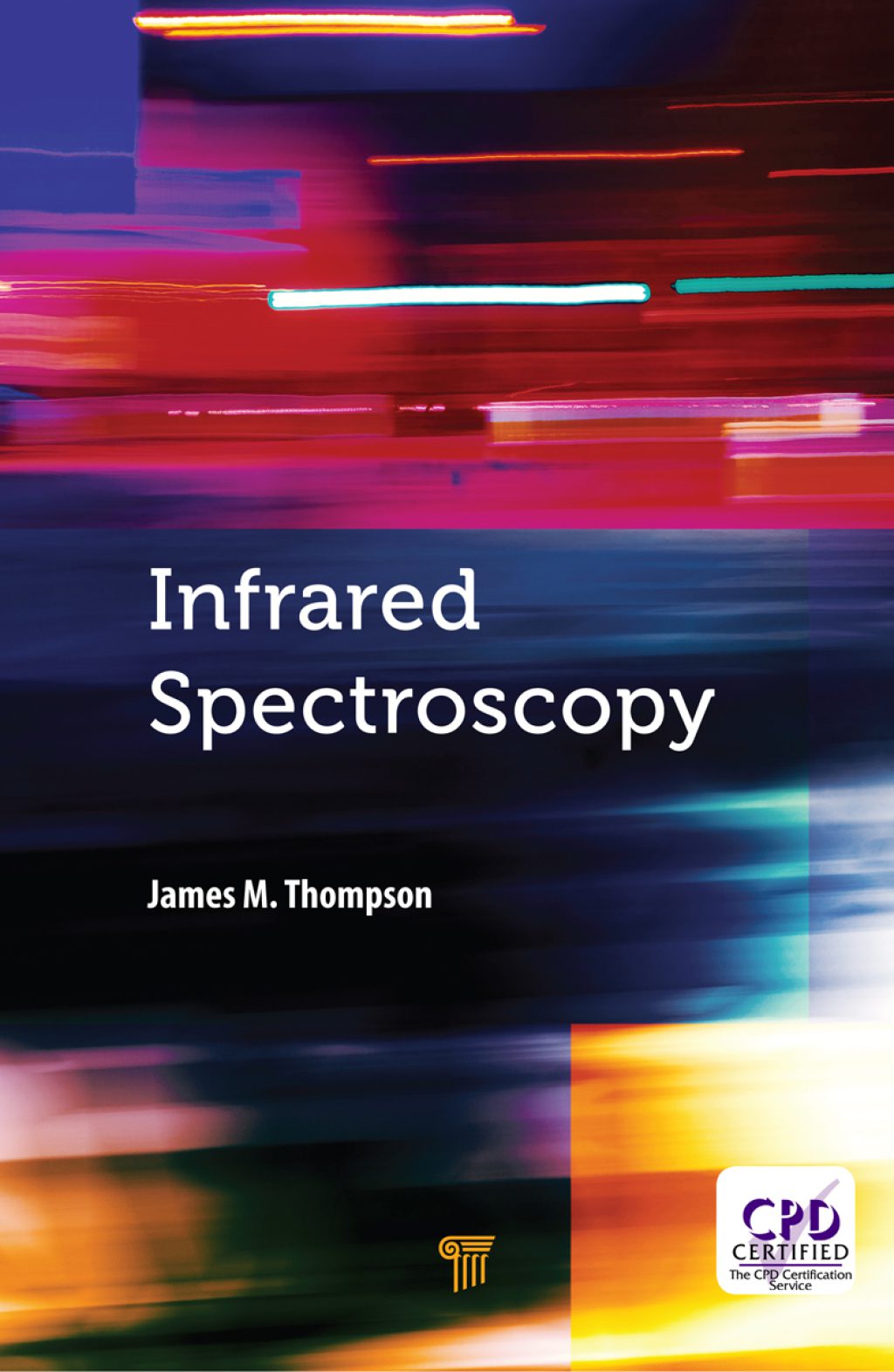L. O. Vasquez1600216692, 9781600216695, 9781606927502
Table of contents :
FUEL CELL RESEARCH TRENDS……Page 3
NOTICE TO THE READER……Page 6
CONTENTS……Page 7
PREFACE……Page 9
EXPERT COMMENTARY……Page 15
QUALIFICATION OF FUEL CELL MEMBRANEELECTRODE ASSEMBLIES……Page 17
RESEARCH AND REVIEW STUDIES……Page 21
Abstract……Page 23
Introduction……Page 24
Experimental……Page 25
Method and Concepts……Page 26
Results and Discussion……Page 35
Conclusion……Page 80
References……Page 82
Abstract……Page 85
1. Introduction……Page 86
2. Description of the Plant……Page 87
3. Methodology and Description of the Experimental Session……Page 90
4. Voltage Sensitivity Analysis……Page 95
5. Deduction of the Local Fuel Utilization Distribution……Page 106
6. Polarization Analysis……Page 118
7. Conclusion……Page 127
Nomenclature……Page 128
Appendix A. Basics of Regression Models and Factorial Design……Page 130
A2. Factorial Design……Page 136
References……Page 146
Introduction……Page 149
The Pure S-PEEKs’ Synthesis and the Variables Affecting TheirPerformances……Page 151
Modified Sulfonated PEEK Membranes for PEMFC and DMFC……Page 163
The SiS-PEEK……Page 164
The S-PEEK/HPAs……Page 165
S-PEEK/PANIs……Page 166
The PEEK-WC……Page 167
Electrochemical Characteristic of PEMFC and DMFC……Page 168
Conclusion……Page 170
References……Page 171
1. Introduction……Page 175
2. Study of Molten Carbonate Fuel Cell-Microturbine HybridPower Cycles……Page 176
3. Robust Control for Fuel Cell-Microturbine Hybrid Power PlantUsing Biomass……Page 187
4. Modeling SOFC Plants on the Distribution System UsingIdentification Algorithms……Page 193
5. Effect of a SOFC Plant on Distribution System Stability……Page 206
6. Conclusions……Page 214
Nomenclature……Page 215
References……Page 219
1. Introduction……Page 225
2. Miniaturization……Page 228
3. Microfabrication……Page 230
4. Microfabricated Fuel Cells……Page 236
5. Example: Grafted Porous Silicon-BasedMiniature Fuel Cells……Page 250
6. Conclusion……Page 254
References……Page 256
1. Introduction……Page 261
2. Fabrication Methods of H2 Technical Electrodes……Page 263
3. Electrocatalysis of Hydrogen Oxidation Reaction……Page 268
4. Mechanistic Aspects of Hydrogen Oxidation Reaction……Page 269
5. Hydrogen Oxidation Reaction Studies on Bulk and ModelElectrodes……Page 277
6. Hydrogen Oxidation Reaction Studies on Technical Electrodes……Page 278
7. Comparison between Model and Technical Electrodes……Page 282
8. Conclusion……Page 283
References……Page 284
Abstract……Page 287
Nomenclature……Page 288
1. Introduction……Page 292
2. Literature Review……Page 305
3. A Three-Dimensional, Single-Phase CFD Model of a PEM FuelCell……Page 318
4. A Three-Dimensional, Multi-Phase CFD Model of a PEM FuelCell……Page 368
5. Conclusion……Page 390
References……Page 391
1. Introduction……Page 395
2. Fuel Cell Performance……Page 399
3. New Concepts……Page 401
4. Surface Functionalization of Carbon……Page 405
5. Durability……Page 415
6. Conclusions……Page 420
References……Page 421
Abstract……Page 425
2. Literature Survey on Carbon Supports……Page 426
3. Acid/Base Treatments of Carbon Blacks Supports……Page 429
4. Mixed Carbon Materials Supports……Page 440
5. Plasma Treatment on Carbon Supports……Page 448
6. Oxyfluorination Treatment on Carbon Supports……Page 451
7. Conclusion……Page 454
References……Page 455
Abstract……Page 459
Introduction……Page 460
2. Polyvinyl Alcohol (PVA)-Based Alkaline SPE……Page 463
3. Conclusion……Page 483
References……Page 484
INDEX……Page 487







Reviews
There are no reviews yet.